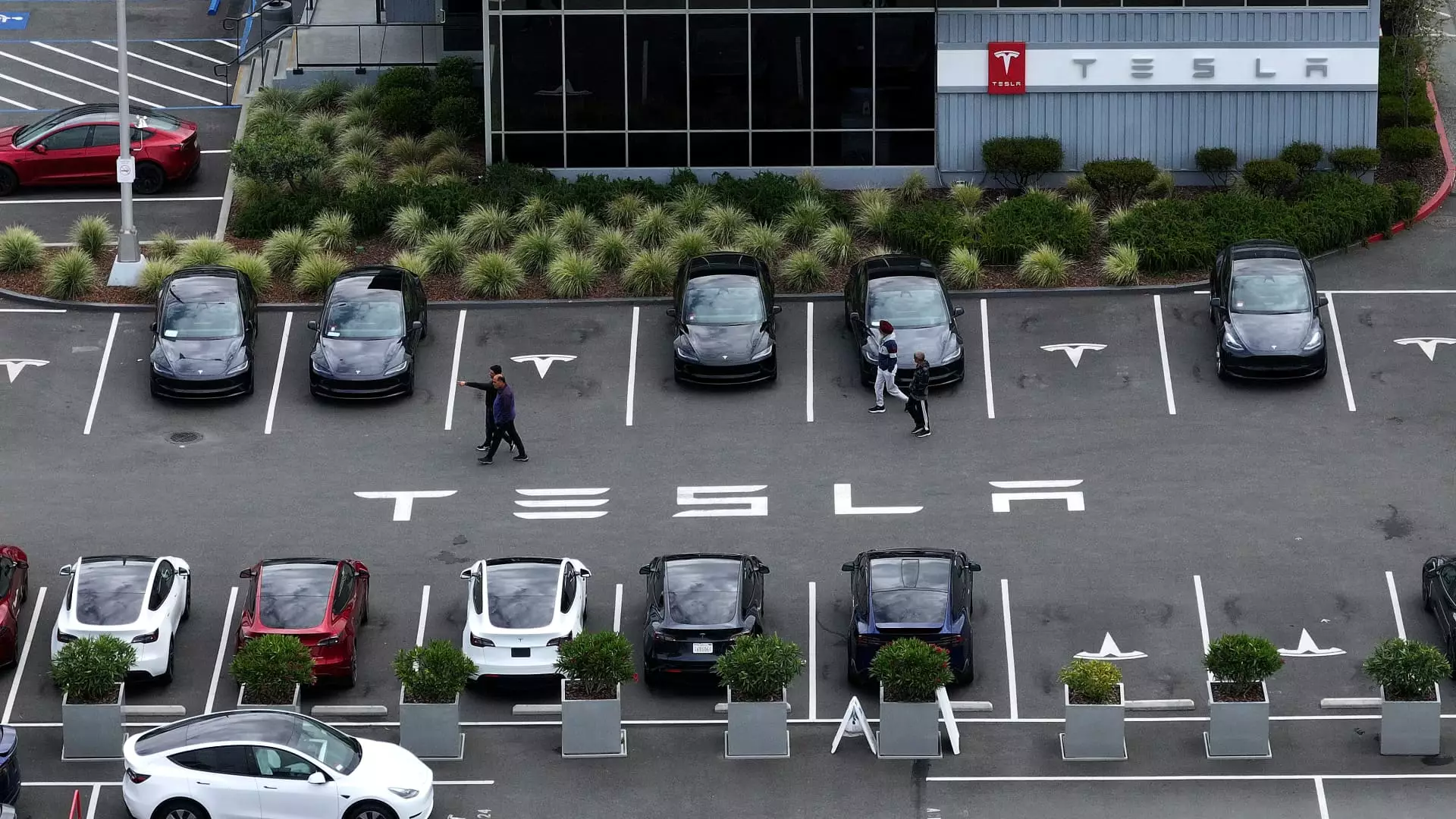As part of Tesla’s recent restructuring efforts, the company has notified the California Employment Development Department about the termination of approximately 600 more employees across its manufacturing facilities and engineering offices in Fremont and Palo Alto. The latest round of layoffs impacted positions ranging from entry-level roles to directors, affecting various departments such as factory workers, software developers, and robotics engineers. These job cuts were detailed in a Worker Adjustment and Retraining Notification (WARN) Act filing obtained by CNBC.
CEO Elon Musk previously communicated to employees in April that Tesla would be reducing its global workforce by more than 10%, which amounted to 140,473 employees at the end of 2023. Musk mentioned during Tesla’s quarterly earnings call that the company had accumulated a 25% to 30% “inefficiency” over the years, suggesting that the ongoing layoffs could potentially impact tens of thousands of more employees beyond the initial 10% reduction target.
Impacted Roles and Locations
The WARN filing revealed that there were 378 job cuts in Fremont, the site of Tesla’s first U.S. manufacturing plant, affecting individuals involved in staffing and vehicle assembly operations. Additionally, 65 positions were eliminated at Tesla’s Kato Rd. battery development center. In Palo Alto, where the engineering headquarters are located, 233 more employees, including directors of technical programs, faced job loss. The layoffs also affected employees working on app development for customers and staff at Tesla’s Hanover Street location in Palo Alto.
Tesla has been experiencing reduced demand for its vehicles manufactured in Fremont, including older models such as the Model S and X, as well as the Model 3 sedan. The company reported a drop in total deliveries in the first quarter compared to the previous year, along with its largest year-over-year revenue decline since 2012. Increased competition, particularly in China, has added pressure on Tesla’s sales performance in the second quarter, with companies like Xiaomi and Nio introducing new electric vehicle models at competitive prices.
Focus on Future Initiatives
Despite the challenges in vehicle sales, Musk has been emphasizing Tesla’s potential in delivering self-driving software, developing a robotaxi service, and introducing a humanoid robot. The company has been striving to shift investor attention from vehicle sales figures towards these futuristic projects. However, Tesla’s self-driving systems still necessitate continuous human oversight, despite promises of autonomous capabilities for existing EVs.
Changes in Charging Infrastructure Strategy
In a move to optimize its charging infrastructure and ensure customer satisfaction, Tesla had previously disclosed plans to expand its Supercharger network in the U.S. However, recent job cuts included the team responsible for Supercharger development. Following the layoffs, reports emerged that Tesla had started rehiring some of the team members. This rehiring effort echoes Musk’s previous strategy at Twitter, where he laid off employees after acquiring the company, only to rehire some later on.
Overall, Tesla’s recent wave of layoffs underscores the company’s efforts to streamline operations, reduce costs, and adapt to a changing market landscape marked by intensifying competition and evolving consumer demands. As Tesla continues to navigate these challenges, the impact of the recent job cuts on its workforce and future growth trajectory remains a topic of scrutiny and speculation in the industry.


Leave a Reply